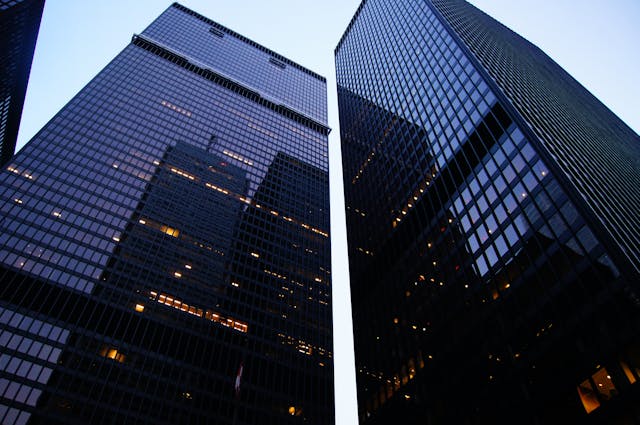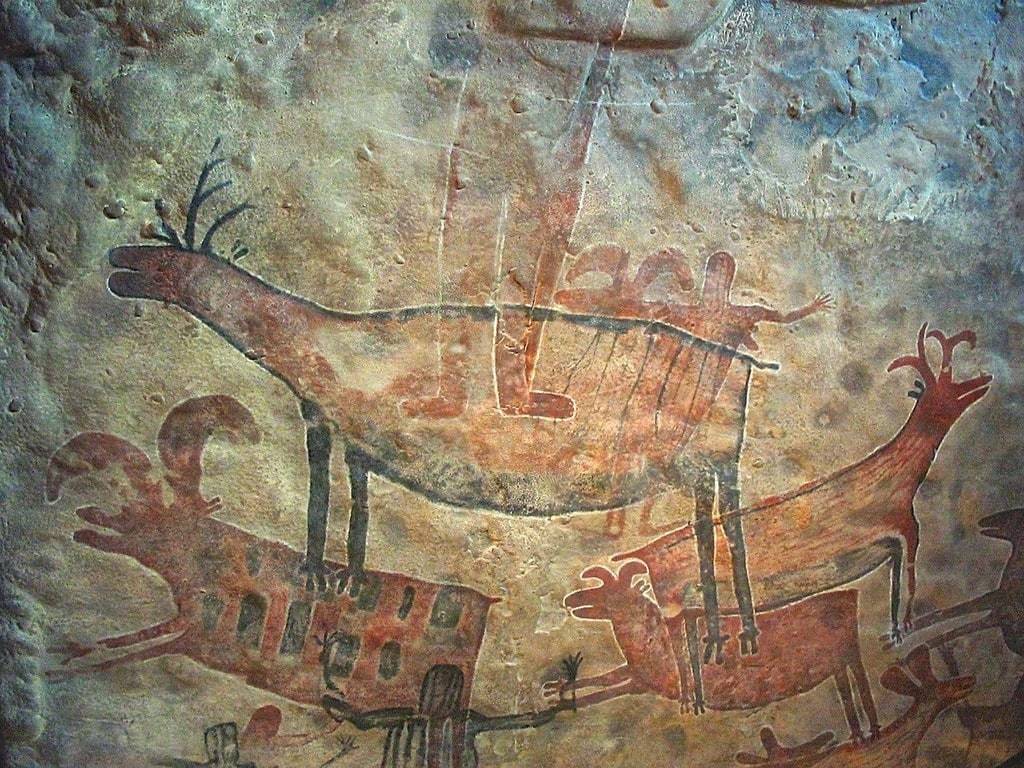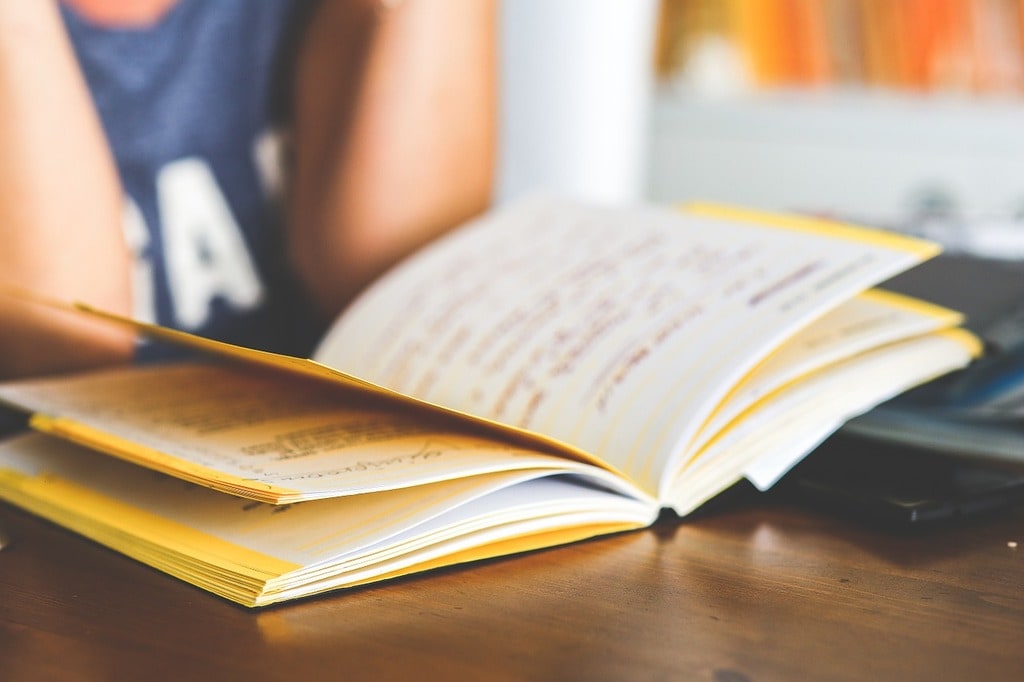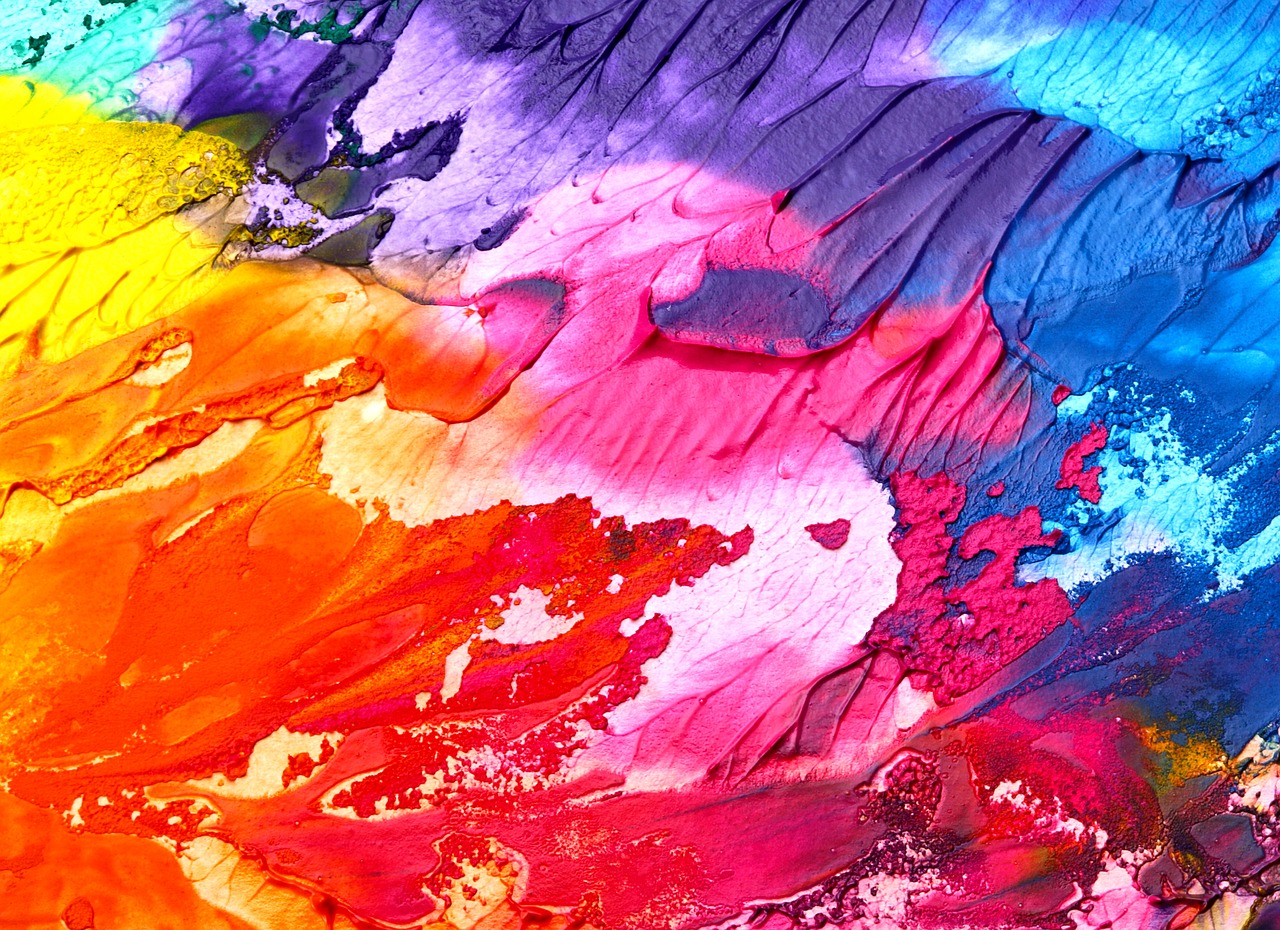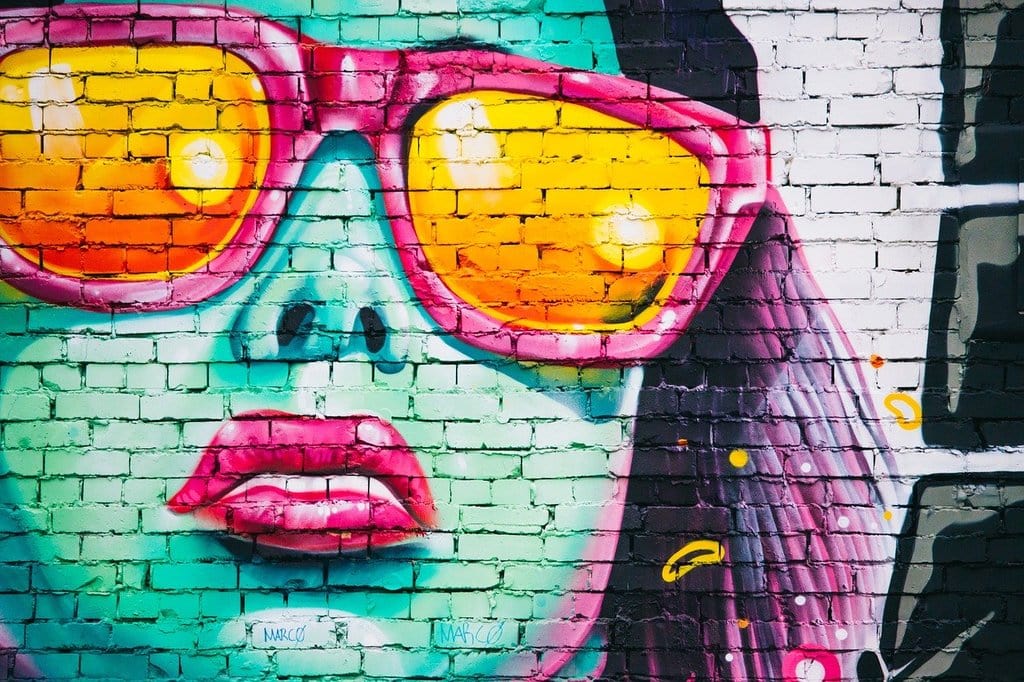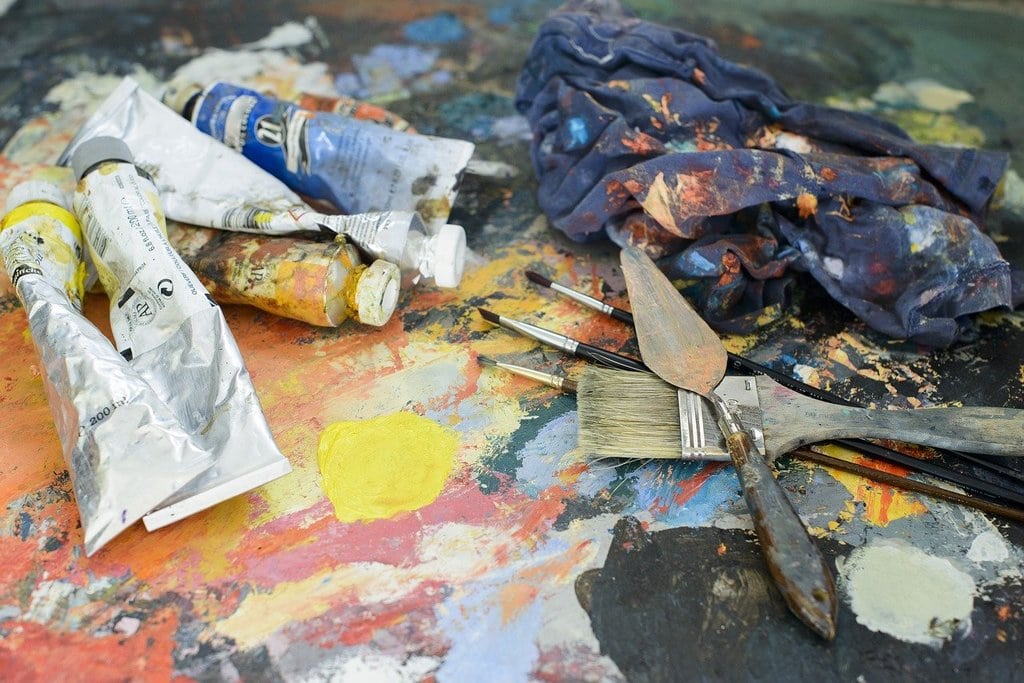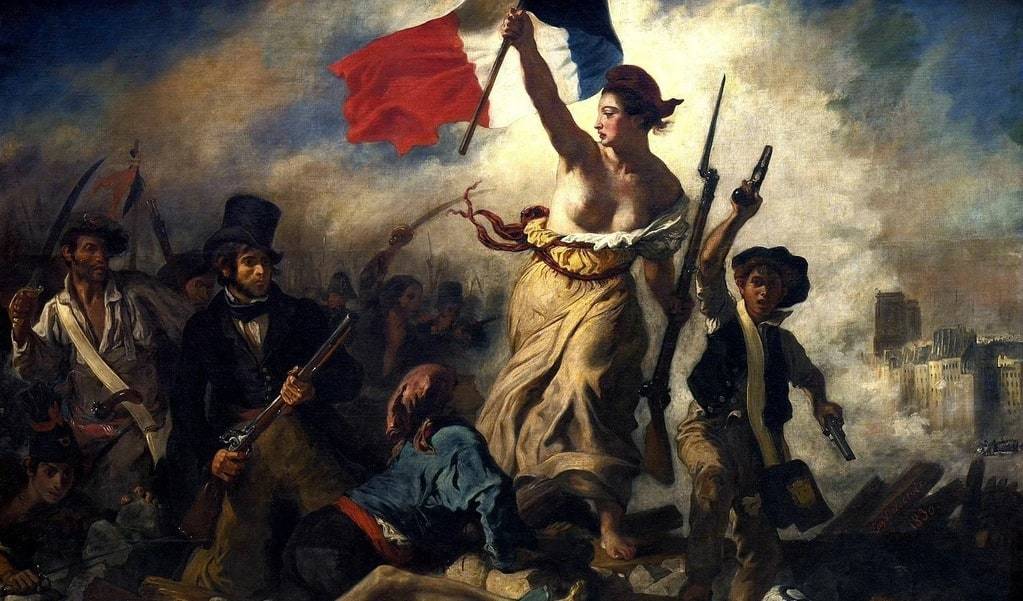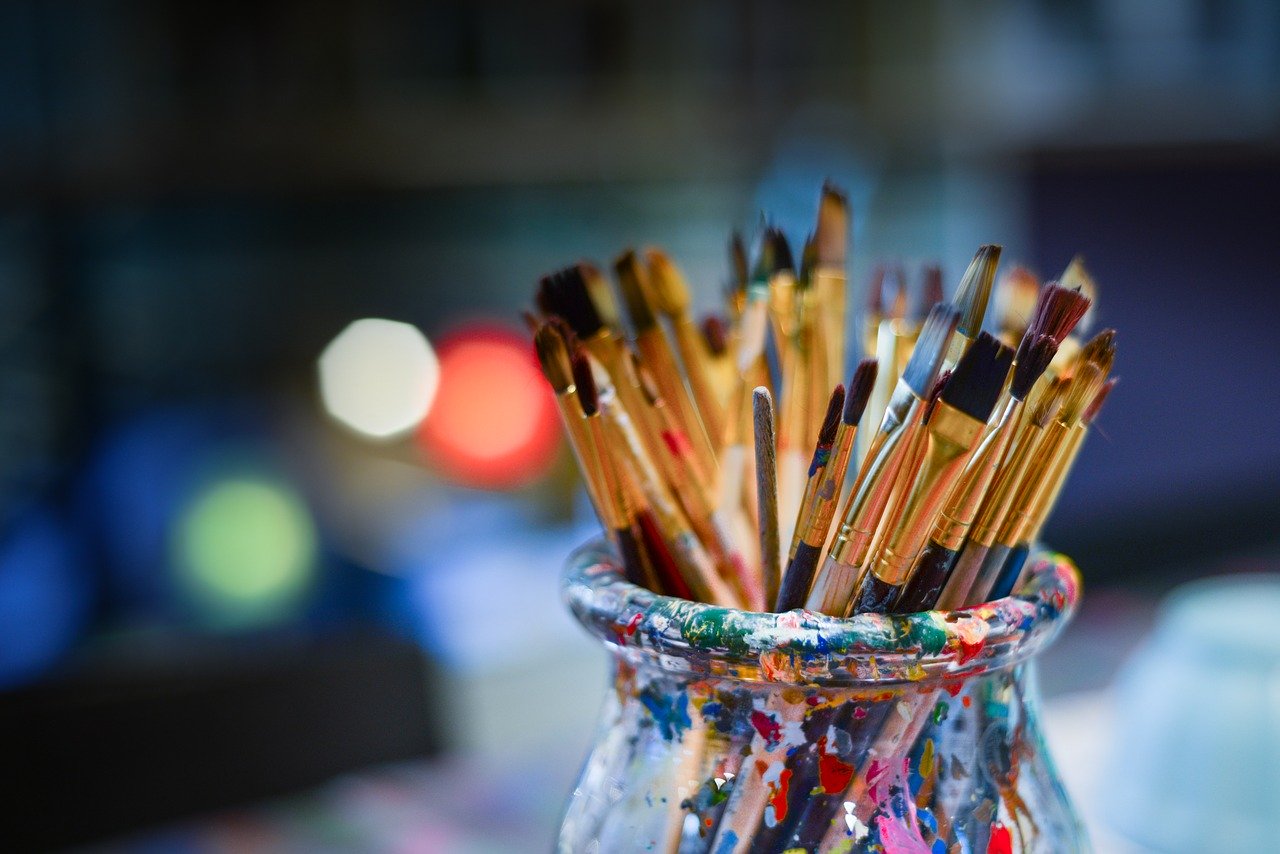Balancing tradition and innovation in French corporate events
France, a country renowned for its rich cultural heritage and timeless traditions, is also a hub for innovation and modernity. This unique blend of old and new is particularly evident in the world of corporate events, where balancing tradition and innovation has become an art form. For businesses looking to host events in France, striking this balance is key to creating memorable and impactful experiences that resonate with attendees.
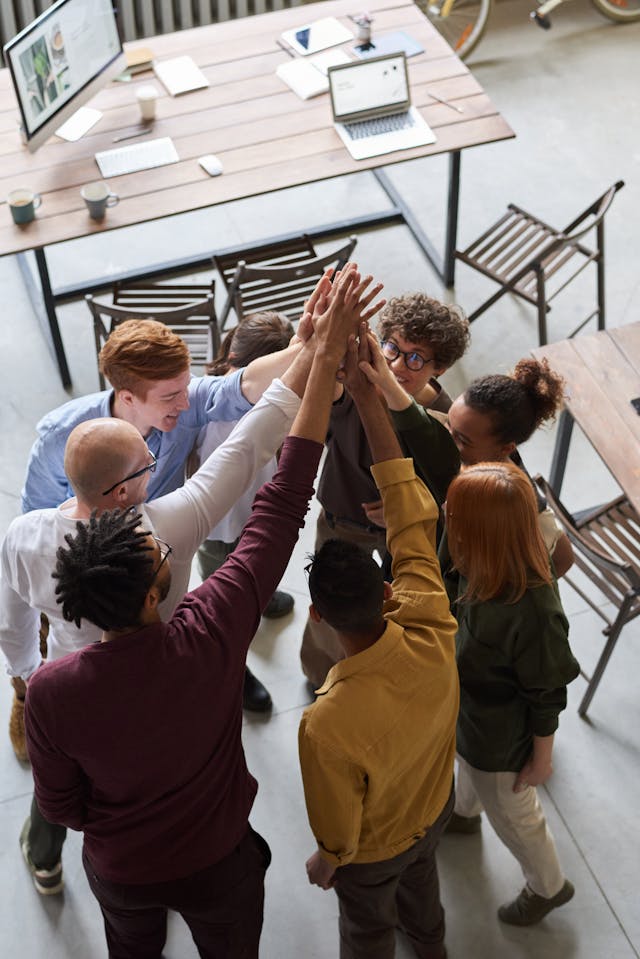 One of the most iconic aspects of French corporate events is their ability to incorporate cultural traditions seamlessly. From elegant wine tastings in Bordeaux to sophisticated soirées in Parisian châteaux, these events often draw on France’s rich history to create a sense of authenticity and charm. However, tradition alone is not enough to captivate modern audiences. This is where innovation comes into play, transforming classic elements into fresh, engaging experiences.
One of the most iconic aspects of French corporate events is their ability to incorporate cultural traditions seamlessly. From elegant wine tastings in Bordeaux to sophisticated soirées in Parisian châteaux, these events often draw on France’s rich history to create a sense of authenticity and charm. However, tradition alone is not enough to captivate modern audiences. This is where innovation comes into play, transforming classic elements into fresh, engaging experiences.
For example, imagine a corporate gala held in a historic venue, where guests are greeted with a traditional French welcome but are then immersed in a high-tech interactive experience. Augmented reality (AR) stations could allow attendees to explore the history of the venue, while digital networking tools facilitate connections among participants. This fusion of tradition and innovation creates a dynamic atmosphere that appeals to both seasoned professionals and younger, tech-savvy attendees.
Achieving this balance requires expertise and creativity, which is why many companies turn to specialized agencies. The team at preference-events.com excels in designing corporate events that honor French traditions while incorporating cutting-edge innovations. Their approach ensures that every event is not only visually stunning but also deeply engaging, leaving a lasting impression on all participants.
Another way to blend tradition and innovation is through culinary experiences. French cuisine is world-famous, and incorporating it into corporate events is a must. However, instead of sticking to conventional formats, consider adding a modern twist. For instance, a traditional French dinner could be paired with a live cooking demonstration by a renowned chef, streamed in real-time to virtual attendees. This approach not only celebrates French gastronomy but also leverages technology to make the experience more inclusive and interactive.
Entertainment is another area where tradition and innovation can coexist. Classic French performances, such as cabaret or jazz, can be enhanced with modern lighting and sound technologies to create a more immersive experience. Alternatively, consider incorporating contemporary art installations or digital performances that reflect France’s vibrant creative scene. These elements add a layer of sophistication and novelty to the event, ensuring that it stands out.
Sustainability is also becoming a key consideration in event planning, and France is at the forefront of this movement. By integrating eco-friendly practices into traditional event formats, companies can demonstrate their commitment to innovation and social responsibility. For example, using locally sourced materials for décor, offering plant-based menu options, and minimizing waste through digital solutions are all ways to modernize events while respecting French traditions.
Ultimately, the success of a corporate event in France lies in its ability to honor the past while embracing the future. By thoughtfully blending tradition and innovation, businesses can create experiences that are not only memorable but also meaningful. Whether it’s through cutting-edge technology, creative culinary experiences, or sustainable practices, the possibilities are endless when you strike the right balance.
